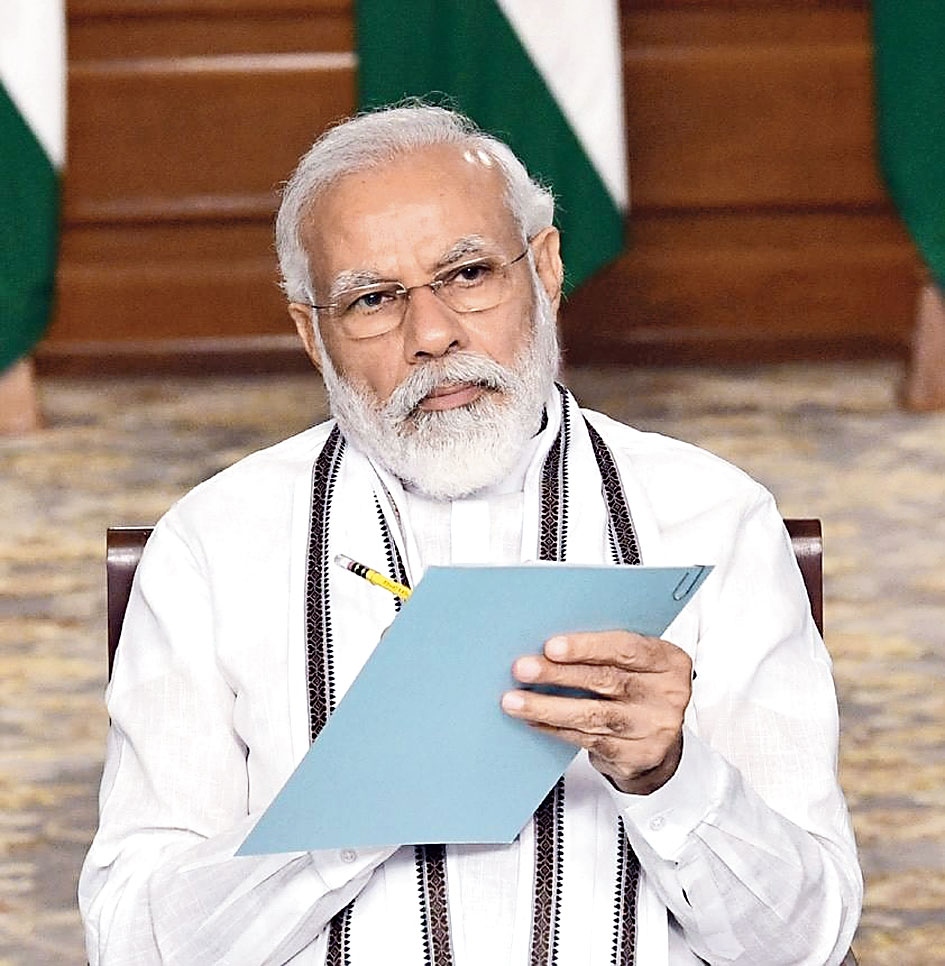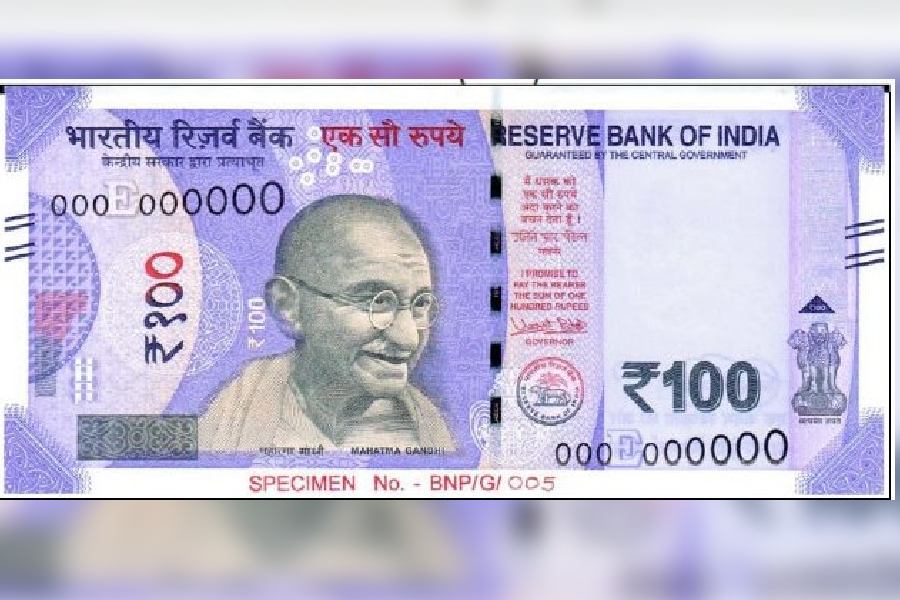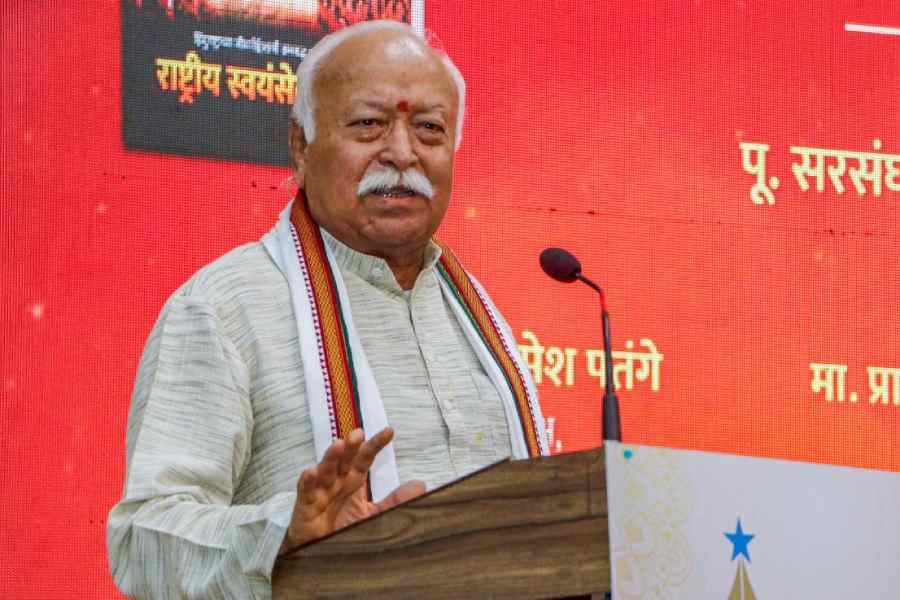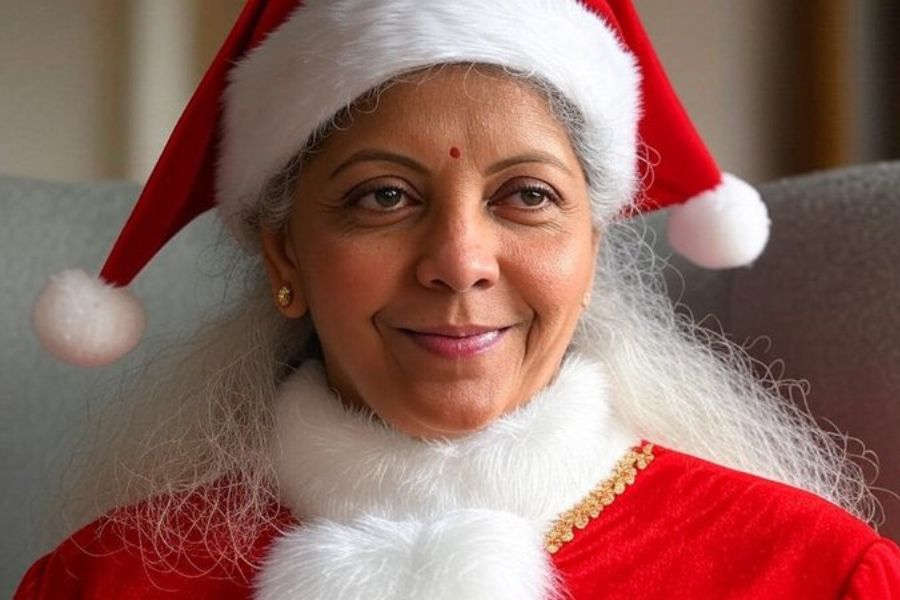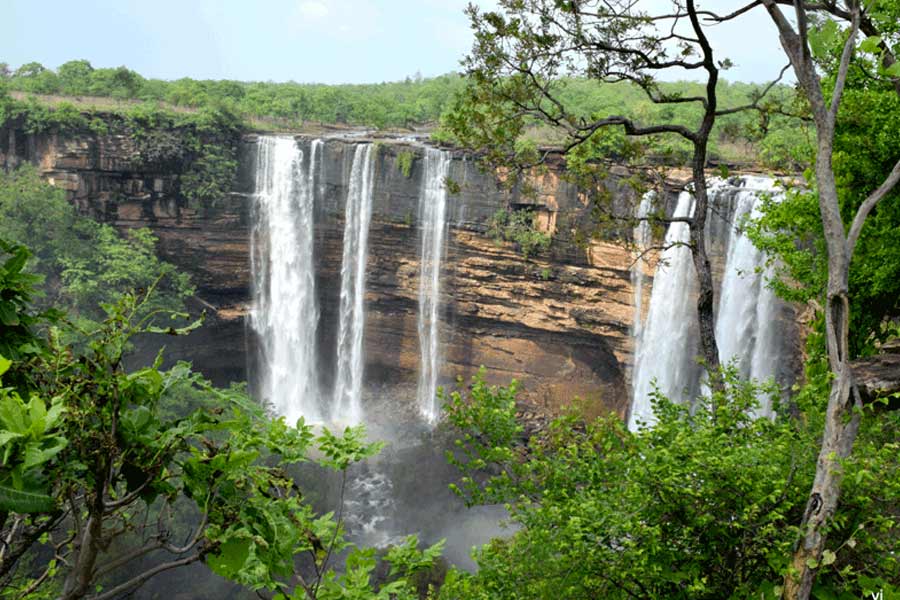The Narendra Modi government on Thursday admitted for the first time that the situation along the Line of Actual Control (LAC) was much more serious than the routine clashes that take place between Indian and Chinese patrol teams.
The ministry of external affairs (MEA) said after two months of silence and confusing signals that both sides had amassed troops in the area.
Highlights of what external affairs ministry spokesperson Anurag Srivastava said in response to questions at a weekly briefing:
- Srivastava said: “Since early May, the Chinese side has been amassing a large contingent of troops and armaments along the LAC. This is not in accordance with the provisions of our various bilateral agreements, especially the key 1993 Agreement on the Maintenance of Peace and Tranquillity along the Line of Actual Control in the India-China Border Areas.”
- India, too, had to undertake “counter deployments”. “While there have been occasional departures in the past, the conduct of Chinese forces this year has been in complete disregard of all mutually agreed norms.” (The comments practically confirmed media reports since May of a much more intense face-off along the LAC than what is routine.
Till now, particularly before the hand-to-hand combat at the Galwan Valley in Ladakh on June 15 that left 20 Indian soldiers dead and reportedly caused casualties on the Chinese side too, the Indian Army and the external affairs ministry had been maintaining that the face-offs at different points of the LAC, which is not clearly demarcated, were routine.)
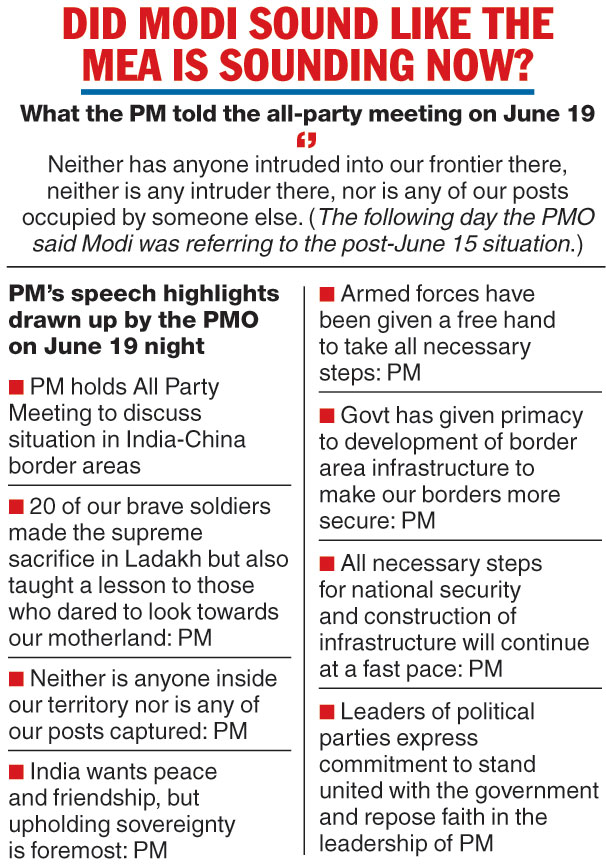
- Accusing the neighbour of precipitating matters, Srivastava said what the Chinese had done was not in accordance with the provisions of various bilateral agreements, especially the key 1993 pact. “This (the agreement) notes in particular that ‘each side will keep its military forces in the areas along the line of actual control to a minimum level compatible with friendly and good neighbourly relations between the two countries’,” he said.
- Srivastava said: “Over many years, both sides have developed patterns of patrolling and it is a reasonable expectation that patrols will not be obstructed in the discharge of their legitimate duties. Unfortunately, we have experienced in the last many years obstruction to patrolling that often accompany efforts to unilaterally change the status quo. To provide for situations where the two sides encounter each other, a set of procedures and norms has been mutually agreed upon. These are reflected in a number of agreements and understandings. While there have been occasional departures in the past, the conduct of the Chinese forces this year has been in complete disregard of all mutually agreed norms.”
- Countering the Chinese allegation that India had crossed the LAC and also rejecting Beijing’s claim on the Galwan Valley that had not been a contested area since the 1962 war, Srivastava said: “The Indian side has never undertaken any actions across the LAC and has never attempted to unilaterally change the status quo.”
While giving by far the most detailed statement on the escalation, the spokesperson did not respond to the question whether India was better informed now after several rounds of meetings at the military and diplomatic level, and why China had chosen to ratchet up tensions at this juncture.
Other key questions that Srivastava sidestepped included those on the plan for de-escalation and whether it had begun, whether there has been any contact between the foreign secretaries of the two countries and their special representatives — in India’s case national security adviser Ajit Doval — and whether the Chinese had also made an ingress into the Depsang Plains, which had seen an intrusion in 2013.

